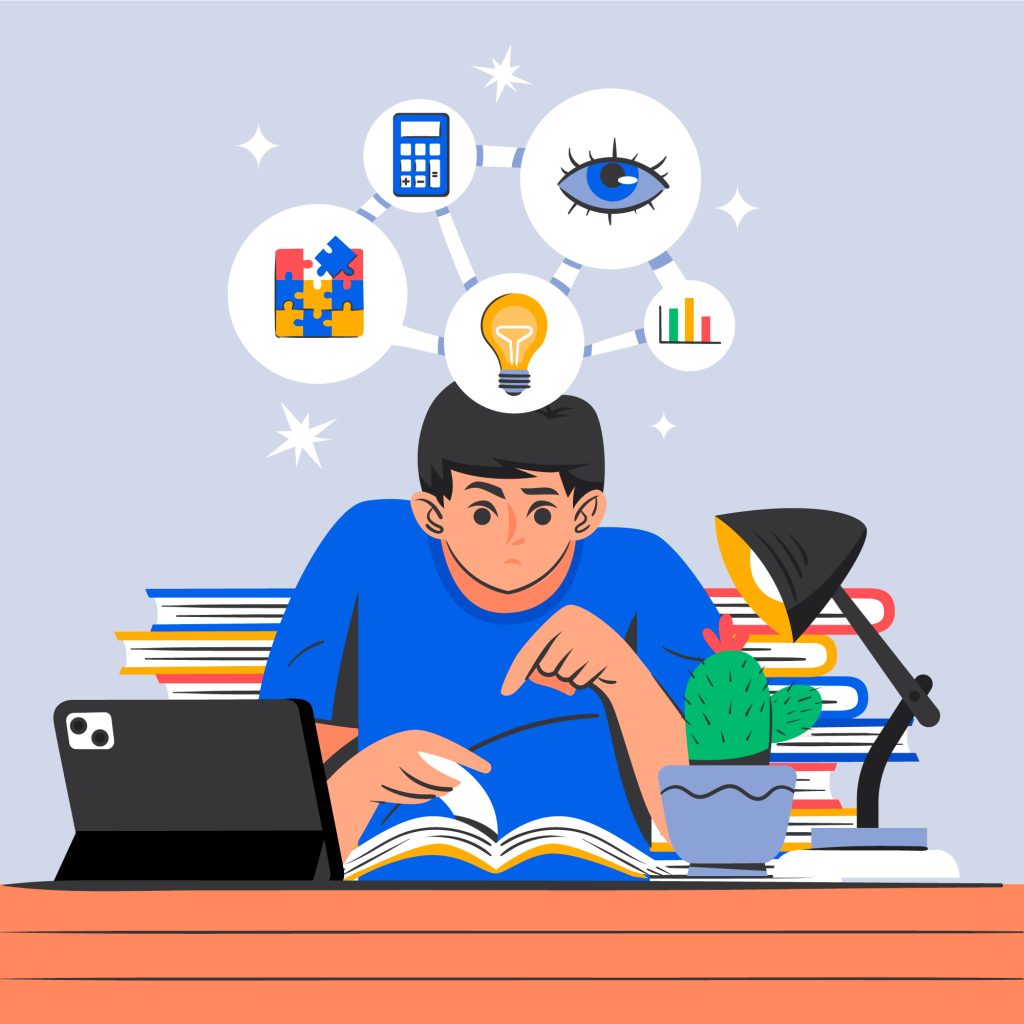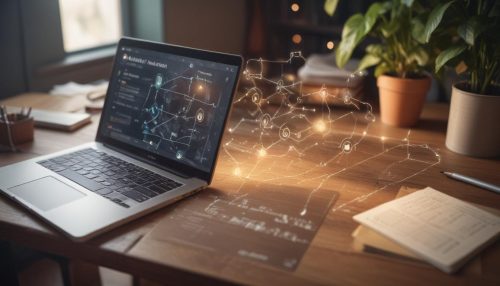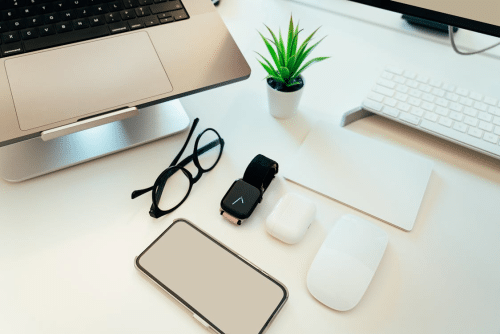The Myth of Multitasking While Learning
Brian Taylor July 11, 2025
In classrooms and remote learning setups alike, many students—and professionals—believe they can handle multiple tasks at once. But the myth of multitasking while learning is holding us back. Instead of boosting efficiency, it fragments attention, weakens memory, and increases mistakes. Emerging studies in cognitive science and educational psychology are challenging the idea that we can effectively divide our focus between tasks. They show us why focusing on one thing at a time leads not just to better retention, but also to deeper understanding and reduced stress.
In a world that pushes us to juggle notifications, tabs, and media streams, debunking this myth is essential. Whether you’re trying to master coding, prepare for exams, or pick up a new language, learning one thing at a time is now considered a smarter strategy.

The Origins of the Multitasking Myth
Multitasking entered popular culture through changing workplace expectations and evolving tech tools. We take pride in juggling tabs, media feeds, and chat conversations simultaneously. In one survey, 80% of students said they study while texting or watching video, believing that this simultaneous approach makes them more efficient. However, this is an illusion. In reality, the brain doesn’t multitask—it time-slices between tasks, and each slice creates a cognitive toll.
A 2024 Wake Forest study highlights that “switch cost” slows us down—every time we switch tasks, our brain needs time and effort to reorient. This is cognitively taxing and makes learning more difficult.
The Cognitive Costs of Multitasking
1. Working Memory Overload
Stanford researchers found that students who frequently media-multitask struggle with working memory and attention tasks compared to peers who focus.
2. Task-Switching Delays
According to the American Psychological Association, switching between substantial cognitive tasks significantly slows performance.
3. Degraded Long-Term Retention
Scientific American reports that multitaskers are less likely to remember information accurately, as attention truncation disrupts encoding into long-term memory .
4. Increased Cognitive Load
Training that requires attention on separate inputs simultaneously—such as listening and reading—leads to split-attention effects, hindering comprehension.
5. Measurable IQ Drop
Research cited in The Sector revealed that task-switching can cut productive output by about 40%, with IQ dropping similarly to mild intoxication.
6. Academic Performance Declines
A 2020 ResearchGate meta-study confirmed that tech-based multitasking lowered concentration, academic grades, and even increased dropout rates.
Society’s Blind Spot: Believing in Efficiency
The myth persists because multitasking feels productive. We see notifications handled, tabs opened, and messages answered all at once—as if it were real efficiency. But research shows the opposite:
“Brain performs ‘task switching’… which can lead to decreased comprehension, attention, and overall performance.” Verywell Mind
Why does this issue impact us? Modern life encourages continuous partial attention—a state where we hope to optimize by sampling multiple stimuli. Yet studies show this method drains cognitive resources, increases stress hormones, and diminishes creativity.
Practical Guide: How to Overcome Multitasking While Learning
Here’s a step-by-step guide to shift from task juggling to focused learning:
1. Time-Block Your Focus
Use dedicated intervals—like the Pomodoro Technique (25 minutes working, 5 minutes rest). Commit to a single task per session, then reward your attention with a break.
2. Eliminate Distractions
Turn off notifications, close unnecessary tabs, and silence social apps. Logging off during study hours can save both time and cognitive health.
3. Channel Cognitive Load
Design learning sessions to avoid split-attention: if reading a diagram, study it undistracted. Use sketching or verbal paraphrases rather than multitasking.
4. Enforce Spaced and Interleaved Practice
Switch subjects between sessions—math today, language tomorrow. Return periodically to older topics. This match grants durable memory encoding.
5. Reflect After Each Session
Spend a few minutes summarizing what you learned in plain language. Reflection enhances both memory and self-awareness.
6. Recognize and Correct
When you catch your mind drifting, pause and return. Accept slips; avoid self-criticism—what matters is improving focus over time.
How Education and Workplaces Are Adapting
Classroom Adjustments
Educators are allocating “device-free” time for deeper work or note-taking. Studies show students who focus without screens before exams outperform their peers .
Professional Environments
Companies now hold “no meetings” blocks and use distraction-free work protocols. Staff working in these focused periods saw 25–30% improvement in task completion and lower error rates .
Tech Solutions
Learning platforms now use built-in focus timers and attention prompts. Some even pause lessons if tabs are switched, nudging users back to single-tasking.
Real-World Results: Less is More Effective
- Higher grades: Students avoiding multitasking consistently score higher.
- Fewer errors: Workers in concentrated sessions make fewer mistakes.
- Reduced stress: Time-blocking reduces burnout and improves mental satisfaction.
These gains underscore that letting go of multitasking isn’t about laziness—it’s about smarter, healthier performance.
Debunking Objections
“I’m a good multitasker”
Research shows true multitaskers are rare (~2.5%). Others often lack awareness of how inefficient multitasking can be.
“Background music helps me focus”
Ambient noise without competing tasks can help. But avoid cognitive load—no TV or apps that require active thought.
“I need to stay connected”
Batch check messages during breaks. Use notification bundling and scheduled silent windows to minimize disruptions.
Future Trends in Learning & Work
AI focus tools: New applications detect task switching and generate gentle reminders to re-engage users with their primary task. These tools are being integrated into educational platforms, workplace productivity apps, and even browsers to encourage consistent flow states.
Mindfulness in curriculum: Some schools now incorporate breathing exercises, body scans, or brief guided meditations at the start of class to help students transition from scattered attention to present-focused learning. Research shows these routines improve mood regulation and academic performance.
Research-led policy: Institutions are beginning to adopt “attention hygiene” standards, drawing on cognitive science to limit digital distractions during work and study. This includes restructured schedules, tech-free blocks, and redesigned physical spaces that support deep focus and mental clarity. These shifts signal a growing priority around cognitive wellness and sustainable learning practices.
Conclusion
The myth of multitasking while learning is a widespread misconception. Science clearly shows that juggling tasks results in weaker attention, lower-quality learning, and mental fatigue. Single-tasking, time-blocking, reflection, and spaced learning consistently offer better results.
As society places increasing emphasis on cognitive wellness and deep education, embracing focus-first strategies becomes a strategic advantage. The next time you reach for your phone during a lecture or attempt to answer an email mid-study, remember: clarity, memory, and understanding depend on intention—not multitasking.
References
- Wake Forest – “The switch cost of multitasking” – https://news.wfu.edu
- Stanford study on media multitaskers – https://news.stanford.edu
- APA on switch costs – https://www.apa.org/





